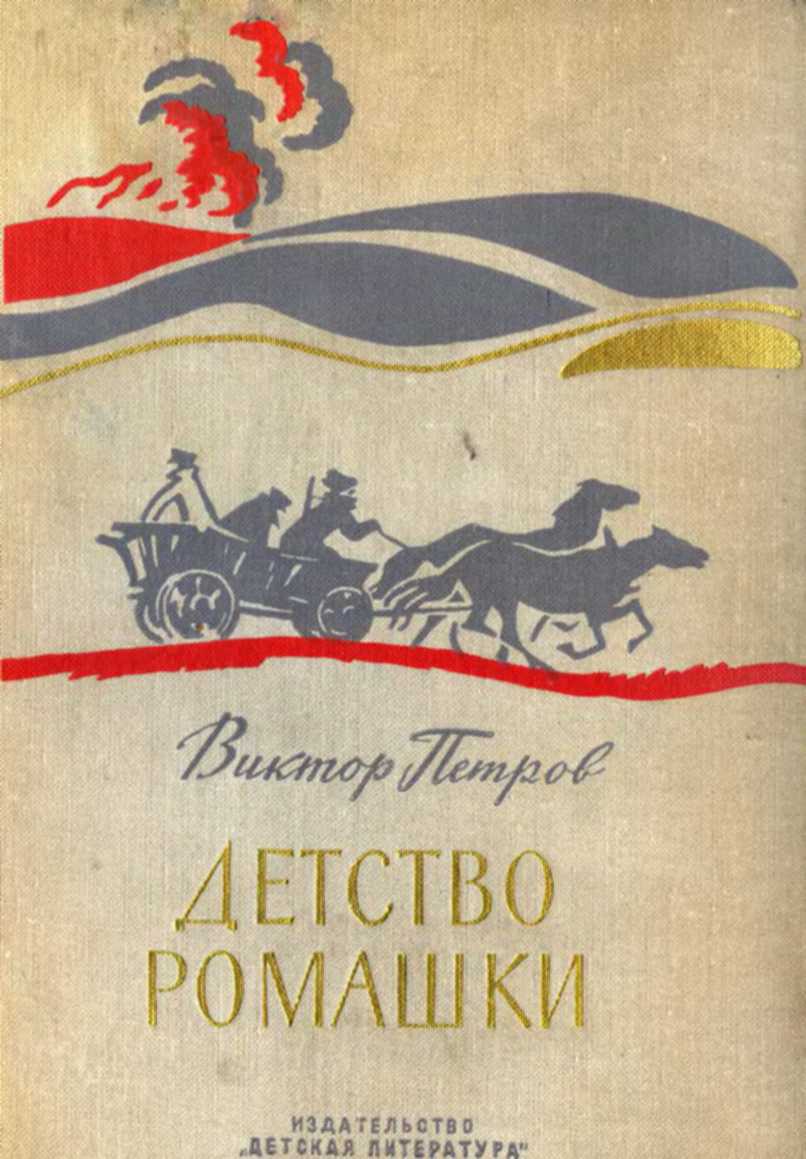angrier (Freeland 2001, p. 162).
128. United States v. General Motors Corporation, 121 F.2d 376 (7th Cir. 1941). 129. Waller (2005, p. 92).
130. L. J. White (1971, pp. 136–64).
131. Fine and Raff (2002, p. 430).
132. Wallace (1999).
133. Gil and Spiller (2007). This was understood at the time. In 1946, Edgar Sullins Vaught, a district-court judge in Oklahoma, threw out a related case against a local theater chain. “There is a vast difference between ingots and moving picture films,” he declared, referring to Hand’s decision in Alcoa. “Ingots of aluminum are a staple and fixed product. Moving picture films are a fluctuating and uncertain product. Until a film has been exhibited no one knows or can ac- curately estimate its value as a box-office attraction, either as a first-run exhibition or a subse- quent run exhibition. What the demand for its exhibition may be by the public is an unknown factor” (United States v. Griffith Amusement Co., 68 F. Supp. 180 [W.D. Okla. 1946], at 196).
134. De Vany and Eckert (1991); Hanssen (2010).
135. In what remains the preeminent economic account, Kenney and Klein (1983) argued that absent block booking, studios would have had to invest significantly more resources in presorting movies, something in which they did not have the comparative advantage. As we will see, this is essentially what happened. Hanssen (2000) points to the more mundane transaction costs that arose whenever studios tried to lease movies on an individual basis.
Notes to Chapter 8 633
136. Aberdeen (2000); Conant (1960).
137. In re Famous Players-Lasky Corp., 11 F.T.C. 187 (1927).
138. Paramount Famous Corp. v. U.S., 282 U.S. 30, 51 S. Ct. 42 (1930).
139. Conant (1960, p. 32).
140. Aberdeen (2000, p. 55).
141. “35 Groups to Fight Blind Film Booking,” New York Times, October 5, 1934, p. 29.
142. Conant (1960, pp. 94–106).
143. “Arnold Demands a Movie New Deal,” New York Times, April 22, 1940, p. 19.
144. United States v. Paramount Pictures, Inc., 334 U.S. 131 (1948).
145. De Vany and Eckert (1991); Gil (2010).
146. Conant (1981, p. 82).
147. Gil (2015); Hanssen (2010).
148. Masten and Snyder (1993).
149. Leasing capital goods goes back at least to Platt Brothers of Oldham and other textile-
equipment makers during the first Industrial Revolution. As we will see, IBM would lease and not sell its mainframe computers.
150. Capital costs are a (short-run) barrier to entry only when capital markets are not work- ing well. In fact, however, because United knew far more about shoemaking than a bank would, it was in a better position than the banking system to effectively supply the shoemaking industry with capital.
151. United States v. United Shoe Machinery Corp., 110 F. Supp. 295 (D. Mass. 1953), at 352. 152. United States v. United Shoe Machinery Corp., 347 U.S. 521 (1954).
153. Masten and Snyder (1993, p. 66).
154. Crandall and Elzinga (2004, p. 283).
155. United States v. United Shoe Machinery Corp., 391 U.S. 244 (1968).
156. “Truman’s development in the public mind from the colorless ‘ordinary man’ into the symbolic ‘common man’ is one of the major political facts of our time” (Podhoretz 1956, p. 473). 157. Freyer (2009, p. 349). George Bittlingmayer (2001, p. 366) wondered whether this late- term revival of antitrust might not have been linked to Eisenhower’s well-known growing fear
of the military-industrial complex.
158. Kovaleff (1976, pp. 593–94).
159. Hofstadter (1964, p. 114).
160. Lochner v. New York, 198 U.S. 45 (1905), at 75.
161. “The Legal Realists were, in essence, the lawyer branch of institutionalism” (Hovenkamp
2015, p. 110). See also Williamson (1996).
162. Shackle (1967).
163. “The New Competition,” Fortune, June 1952, p. 186.
164. Loasby (1976, pp. 173–92); Moss (1984).
165. Citing economists, the Supreme Court would explicitly refer to the theory of perfect com-
petition in United States v. Philadelphia Nat’l Bank, 374 U.S. 321 (1963), at 363: “Competition is likely to be greatest when there are many sellers, none of which has any significant market share.”
166. Clark (1940); Mason (1939).
167. Bain (1959, pp. 8–15). That “performance” in the S-C-P paradigm was understood in terms of aggregate outcomes was very much in keeping with the Progressive Keynesian spirit
634 Notes to Chapter 8
of the postwar years. Significantly, the preservation for its own sake of a class of small local businesses was not among the outcomes in the performance metric.
168. Meehan and Larner (1989, pp. 182–83).
169. Hovenkamp (2005, p. 35).
170. Kaysen and Turner (1959).
171. Barnes and Oppenheim (1955). Stanley Barnes was the cochair of the committee, and
Robert Bicks was the executive secretary.
172. Barnes and Oppenheim (1955, p. 317).
173. Barnes and Oppenheim (1955, p. 320).
174. Martin (1959, p. 54).
175. “Shall we permit the economy of the country to gravitate into the hands of a few corpo-
rations, even though they may have very widespread stockholder distribution, with central- office managers remote from the places where their products are made, and the destiny of the people determined by the decisions of persons whom they never see, or even know of?” (Ke- fauver, 96 Cong. Rec. 16450 (1950), quoted in Bok [1960, p. 246n53]).
176. United States v. Bethlehem Steel Corporation, 157 F. Supp. 877 (S.D.N.Y. 1958).
177. Warren (2008, pp. 172–77).
178. Bison (1966).
179. United States v. Von’s Grocery Co., 384 U.S. 270 (1966), at 276–77. In a blistering dissent,
Potter Stewart accused the majority of playing a “counting of heads” game. “In any meaningful sense,” wrote Stewart, “the structure of the Los Angeles grocery market remains unthreatened by concentration. Local competition is vigorous to a fault, not only among chain stores them- selves, but also between chain stores and single store operators. The continuing population explosion of





